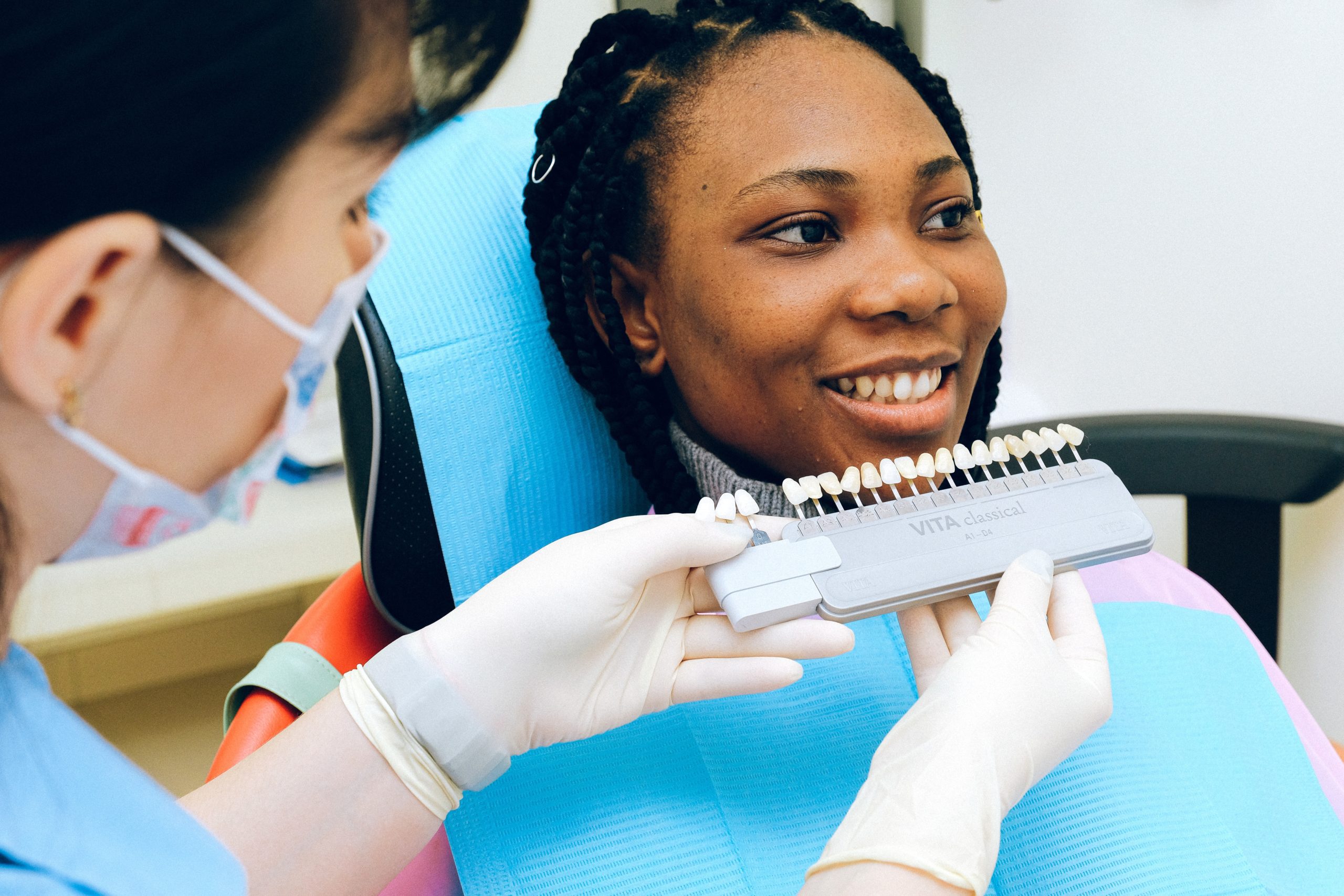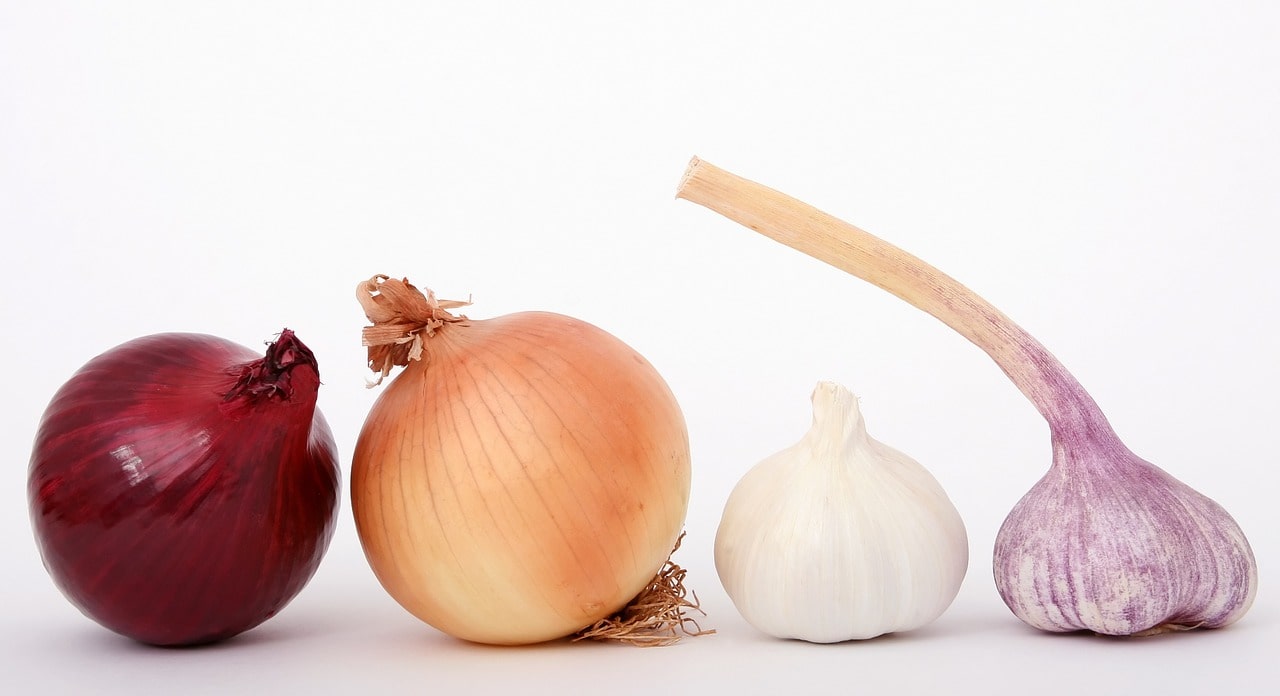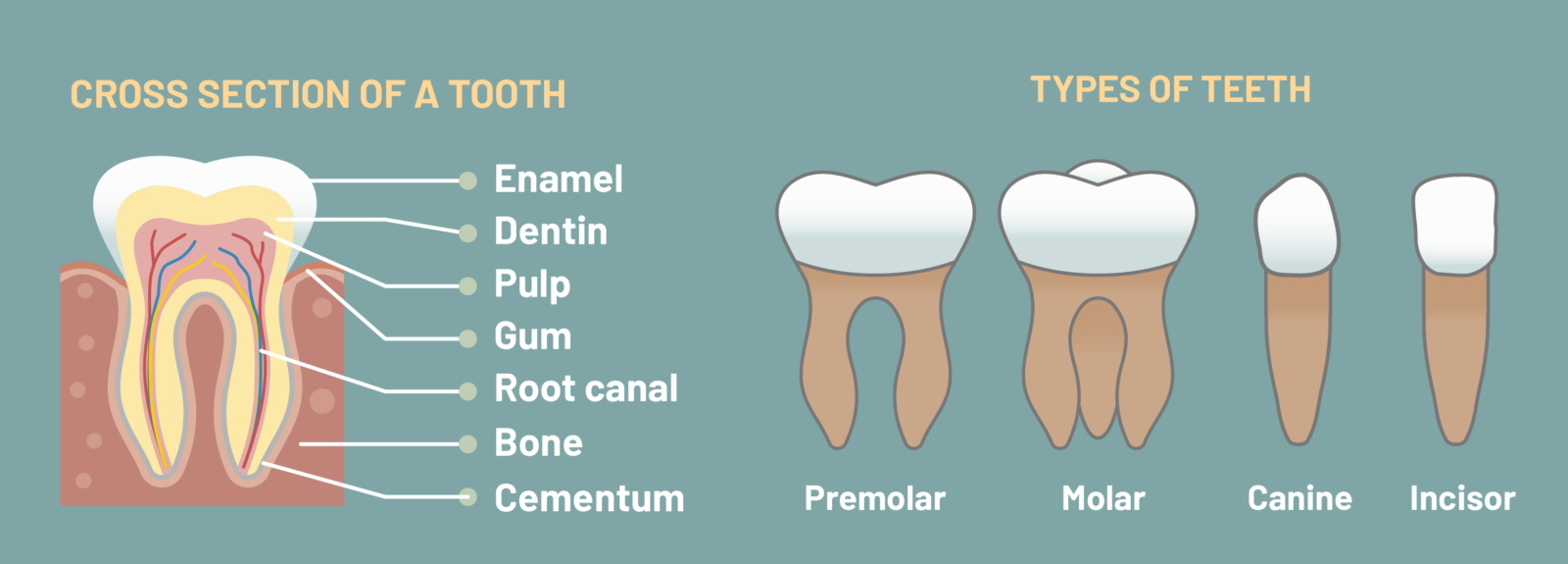When was the last time you spared a thought for your tongue or even looked at it in the mirror? Chances are that you largely ignore your tongue, but it is an amazing structure that works hard every day. A healthy tongue allows you to eat comfortably, swallow, and talk clearly. Read on to discover more about your tongue, how to keep it clean and potential tongue problems.
Ready to Learn Some Surprising Facts About Your Tongue?
The average tongue is around 8cm long; a man’s tongue is slightly longer than a woman’s, measuring from the tongue tip back to the epiglottis at the back of the mouth. According to the Guinness Book of Records, the world’s longest tongue is a whopping 10.1cm long. Your tongue comprises eight different muscles, forming an organ that works independently of your skeleton.
Your favourite food tastes so good because your tongue is packed with thousands of taste buds, and an adult tongue has between 2000 and 4000 taste buds, which are renewed weekly. Taste buds are invisible to the naked eye, but you will see little white and pink bumps on your tongue. These are called papillae and have taste buds buried just underneath the surface. Taste busts consist of receptor cells connected to nerves that transmit the sense of taste to your brain, where the information is combined with information from your nose. Your sense of smell is far more acute than your sense of taste, which is why you may lose your sense of taste if you have a cold.
You may have grown up believing that specific parts of the tongue were responsible for tasting particular foods like sweet, sour and salty, but this isn’t true, as all tastes can be sensed across the tongue’s surface. However, the sides of the tongue are more sensitive to taste than the middle, and the back of your tongue is more likely to register bitter tastes. Some people have a heightened sense of taste and are regarded as super tasters as they can detect a specific bitter compound. Around a quarter of the population can taste food but are far less sensitive and cannot identify this bitter compound.
While having taste buds makes food more enjoyable, there is a more important reason we can sense taste. It helps us identify foods that might be poisonous or rotting, or spoiled. Tasting salty or sweet helps us identify foods richer in nutrients.
Like a fingerprint, your tongue has a unique print too, and one day it might be used for biometric identification.
Can You Tell If You’re Healthy by Your Tongue?
If your tongue is in good shape, it should be a shade of pink, and its condition can tell us quite a lot about your health. When you visit Tandara Dental, you may notice our dentist checks your tongue carefully, asking you to stick it out as far as possible so they can look at it closely and check underneath.
What Does an Unhealthy Tongue Look like?
One of the first signs that something is wrong with your tongue can be a colour change. You may also notice your tongue feels painful when you eat or drink or when you swallow or has developed lumps or bumps.
Are you interested in learning what your tongue can tell you about your health? Read on to discover how your tongue can change colour or appearance and what it might mean.
White Tongue
There are several reasons why your tongue might begin to look white. Some are harmless, but at other times you may need to visit our dentist for further diagnosis and possible treatment.
Oral Thrush
Oral thrush is caused by Candida Albicans, a fungal infection that can create thick white or slightly greenish patches on your tongue and inside your cheeks. It is more often found in people with diabetes, those who wear dentures, and infants and older adults. It can also be more common in people who need to use steroid inhalers, for example, for asthma.
Oral Lichen Planus
This condition can create white lines across your tongue that look a bit like lace. Usually, it will clear up without treatment, but it is important to come and see us for a proper diagnosis to ensure it is not due to anything more serious.
Leukoplakia
This condition is caused by cell overgrowth, creating thick white patches on your tongue. It is very important to see a dentist for a diagnosis. While leukoplakia can be benign, it may be a precursor for oral cancer.
Red Tongue
Instead of pink, your tongue might start to look red or purple coloured.
Vitamin Deficiencies
You could develop a red tongue if your diet does not contain enough vitamin B12 or folic acid. You might need to visit your GP so they can test you for any vitamin deficiencies and, if needed, recommend suitable supplements.
Geographic Tongue
As the name suggests, a geographic tongue is where red patches resemble a map. The patches are ringed with white. Geographic tongue is usually harmless.
Black Hairy Tongue
Poking out your tongue to find it looks black and hairy is understandably alarming, but luckily this condition is usually harmless. It is caused by a buildup of papillae that trap food and bacteria, causing a dark furry coat to develop over the tongue surface. It is often due to poor oral hygiene or can affect people with diabetes, those taking antibiotics, or receiving chemotherapy.
Scalloped Tongue
Sometimes a tongue will appear as if it has indentations or wavy lines along its sides, giving it an almost scalloped appearance. It can be due to the tongue being inflamed or swollen or due to other dental problems such as temporomandibular joint disorder or a sleep disorder called sleep apnoea. It is important to get a diagnosis for scalloped tongue, and you might need to see your GP for blood tests or other tests before getting treatment for this issue.
When To Come and See Tandara Dental for Tongue Problems?
We are always here to help and advise you, so if you have problems with your tongue health, please get in touch. Our dentist can examine your tongue, provide suitable treatment if needed, and offer useful advice on maintaining a healthy tongue and ensuring it stays clean.
How to Clean Your Tongue
Regularly cleaning your tongue will help to remove potentially harmful bacteria and old skin cells. You can gently brush your tongue with your toothbrush, but avoid scrubbing too hard as you could irritate it or even cause ulcers. Some toothbrushes have built-in tongue scrapers. Alternatively, purchase a tongue scraper. These only cost a few dollars and are easy to use. Start by cleaning your tongue at the back of your mouth, brushing or scraping forwards and ensure you use plenty of water to keep your tongue surface lubricated and eliminate unnecessary friction. Otherwise, ensuring you brush twice daily with fluoride toothpaste, drinking plenty of water and following a healthy diet will also help protect your oral health and maintain a healthy tongue.










